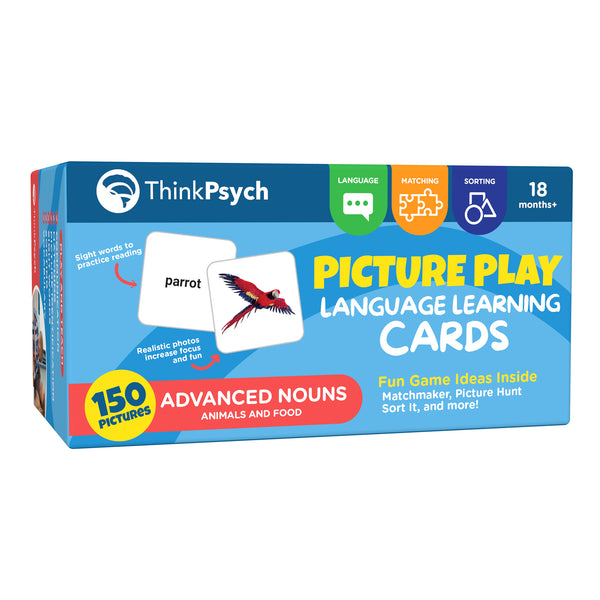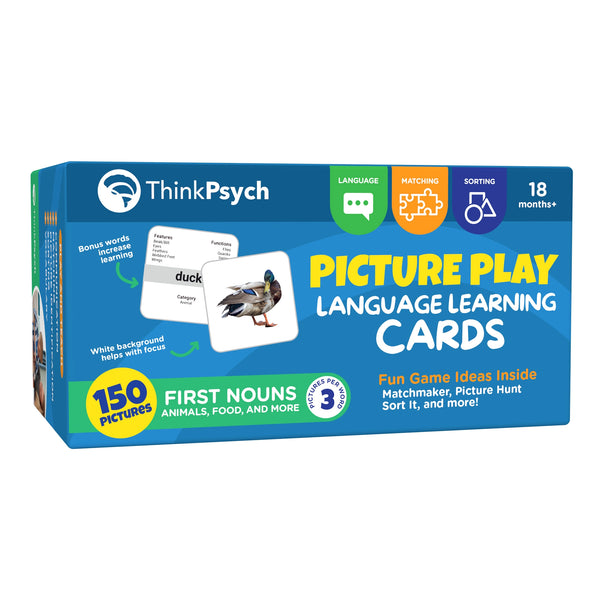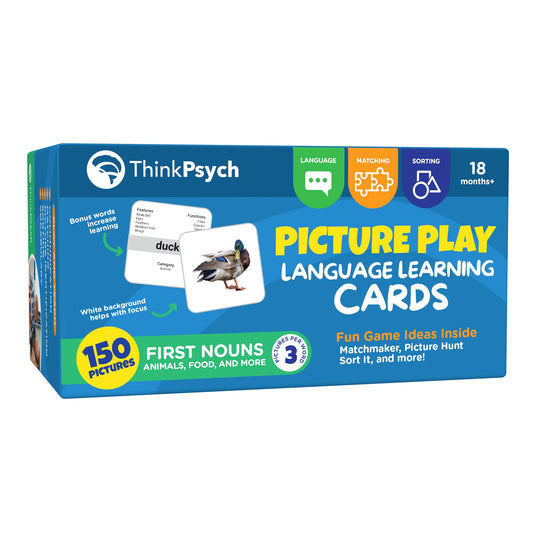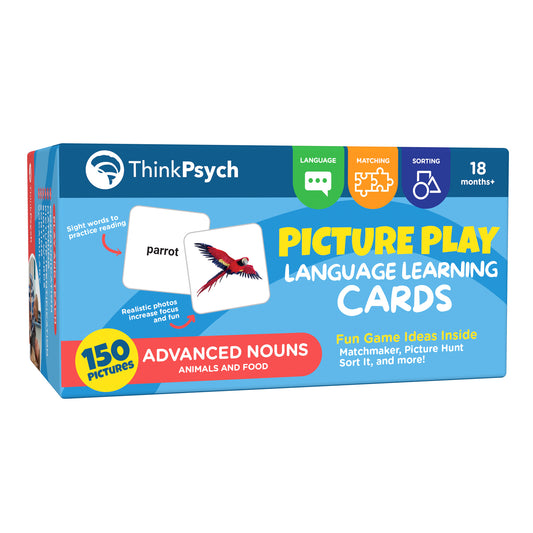
What is Tacting in ABA?
Share
Tacting is one of the primary verbal operants. According to Skinner’s analysis of verbal behavior, language should be defined by its function, not its topography. As such, verbal operants, including tacts, are used to explain the different functions of communication.
What are verbal operants?
When communicating with others, the words we use don’t always communicate the same thing. To conceptualize this, consider a child who is learning to speak. One of the common first words that toddlers learn is water. There are many reasons we would need to know and understand the word water. When a child says “water,” what are they attempting to communicate about water? Is the child requesting water? Are they responding to someone’s question, with the answer being “water?” Are they repeating a word they heard someone else say? Or perhaps they are labeling water that they see. Each of these represents the different functions of communication, otherwise known as verbal operants.
Tacting
Tacting is one of the main verbal operants. In the example above, the child labeling the water would be a tact. We tact by labeling the sensory experiences around us. Think about how often you label the smells, sights, sounds, tastes, and textures you experience. When you label these experiences, you are tacting. Tacting includes labeling your experiences either by thinking to yourself or speaking out loud. For example, when you walk out of your house in the morning, you might think to yourself, how beautiful the sky looks today. Or you might mention that the sun is bright, the air smells fresh, or any other number of tacts regarding your sensory experiences.
Tacting in ABA
Verbal behavior is one methodology of ABA, making it a common focus in therapy sessions. As such, ABA professionals often create goals and implement programming to address tacting and other verbal behavior skills, such as manding and intraverbals.
While each child’s programming is individualized, tacting as a skill is often initially taught by labeling the sight of simple nouns, oftentimes via 2D picture cards. For example, the behavior technician would show a picture of a common item, like a cookie or bicycle (see: Language Learning Cards) and say “what is this?” Once the child learns to label the common first nouns on picture cards, then the items can be generalized to the natural environment. From there, the child is taught to label more advanced items and experiences.
Customer Favorites From Our Store
Beyond the basics
Tacting is so much more than labeling simple objects. Other ways we tact include the following:
- Adjectives such as colors, shapes, size, etc.
- Pronouns such as you, I, we, they, she, he yours, mine, etc.
- Sounds such as a dog barking or a doorbell ringing.
- Feelings and emotions such as happy, sad, tired, and mad.
- Prepositions such as up, down, behind, next to, in front of, etc.
- Tastes such as spicy, sweet, and sour.
- Textures such as soft, rough, bumpy, and smooth.
- Activities such as walking, drinking, and eating.
- Smells such as cinnamon or fresh baked cookies
Anything we label regarding our experience with the sensory world around us is considered tacting. Once a child has a strong simple noun tacting repertoire, it is common for ABA professionals to begin targeting the more advanced types of tacting, such as tacting emotions and prepositions. The child may also be taught to tact using a phrase or full sentence. For example, rather than tacting by simply saying “ball,” the child may be taught to say “I see a ball.” Similarly, rather than tacting sounds they hear such as “doorbell,” the child may be taught to say “I hear the doorbell.”
Tact versus mand
Mands are another type of verbal operant. Manding is the verbal operant that equates to requesting. When a child says “water” and points to a water bottle, are they tacting or manding? That answer depends on the function of their behavior in that moment. In other words, what are they attempting to communicate by pointing and saying “water?” If they are simply labeling the item, without any motivation to consume or obtain the water, then it is likely that they are tacting. Alternatively, if they are reaching for the water or in another way demonstrating that they want the water, then they are manding. Again, it all depends on what the function of their language is in that given moment.
Benefits of teaching tacting
An ability to tact can greatly expand a learner’s vocabulary and improve communication abilities. Teaching a child tacting skills can help them to better communicate their experiences with others. If a child is unable to tact their emotions, they would not be able to communicate how they are feeling to caregivers. If they are unable to tact activities, they may not be able to communicate events in their day. This can lead to safety and well-being concerns. For example, if a child is pushed by a peer at school, but does not have the vocabulary to label that action by saying “
Everyone’s experiences in the sensory world around us are highly individualized. Each child should be taught a way of communicating their sensory experiences to others. Tacting can also be a stepping stone toward self-advocacy skills. For example, a child who can label uncomfortable sensory experiences such as an itchy shirt, spicy food, or a loud environment, can be taught to communicate these discomforts and mand (request) modifications (e.g., a new shirt, different food, headphones, or a quiet space).
Final thoughts
We all label our experiences in the world around us, whether we stop to notice these as ‘tacts’ or not. A strong tact repertoire can result in tremendous benefits in a young child’s language development.
Resources
https://thinkpsych.com/blog/vb-mapp-terminology-part-2-of-8/
https://www.sidebysidetherapy.ca/autism-spectrum-disorder/tacting-4-things-to-know/


























1 comment
This is really beautiful….. I learnt a lot, we were recently having a little to and fro at work about tacting, tact, and manding. This will be good for the base of my argument… Lol.